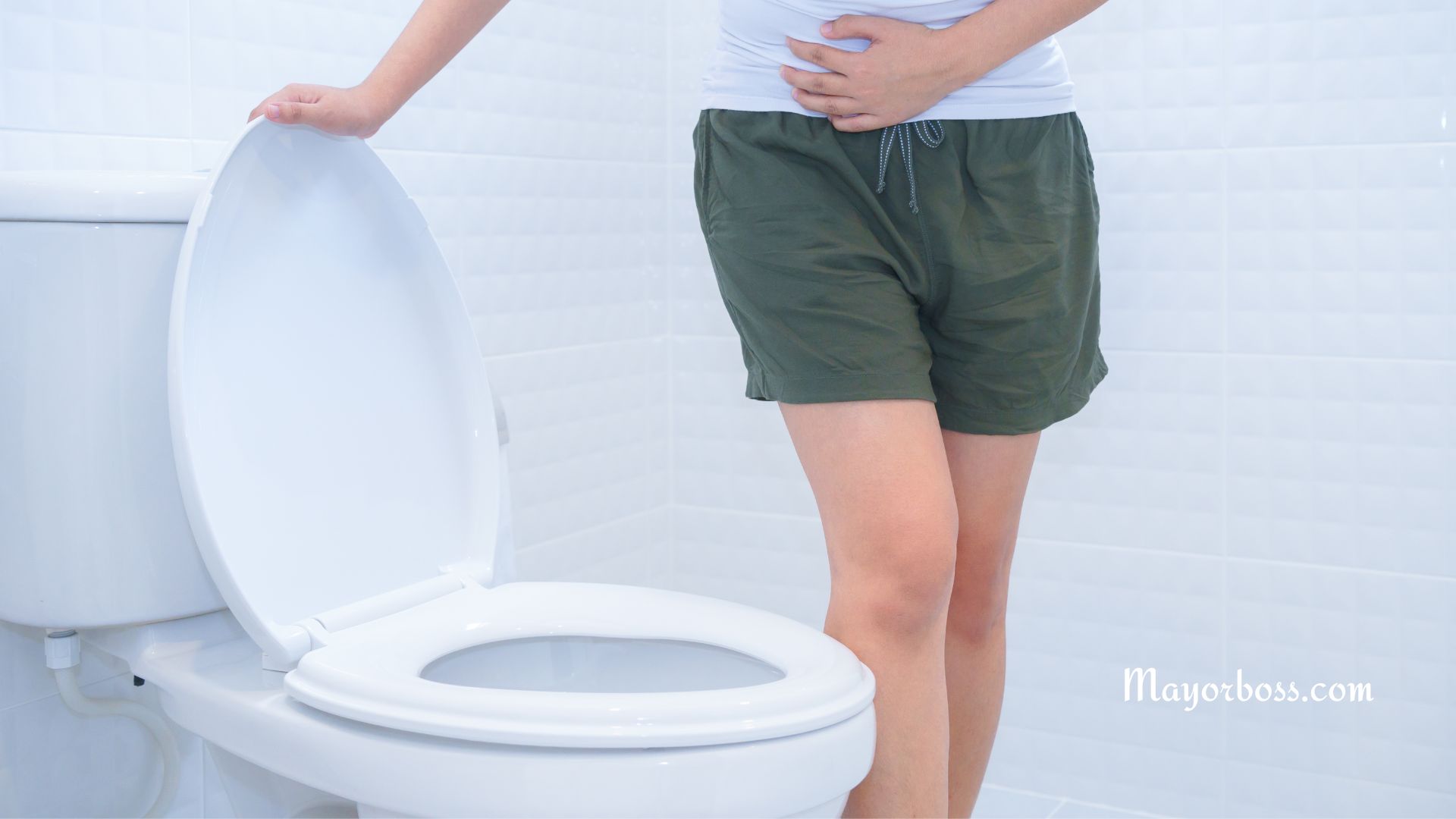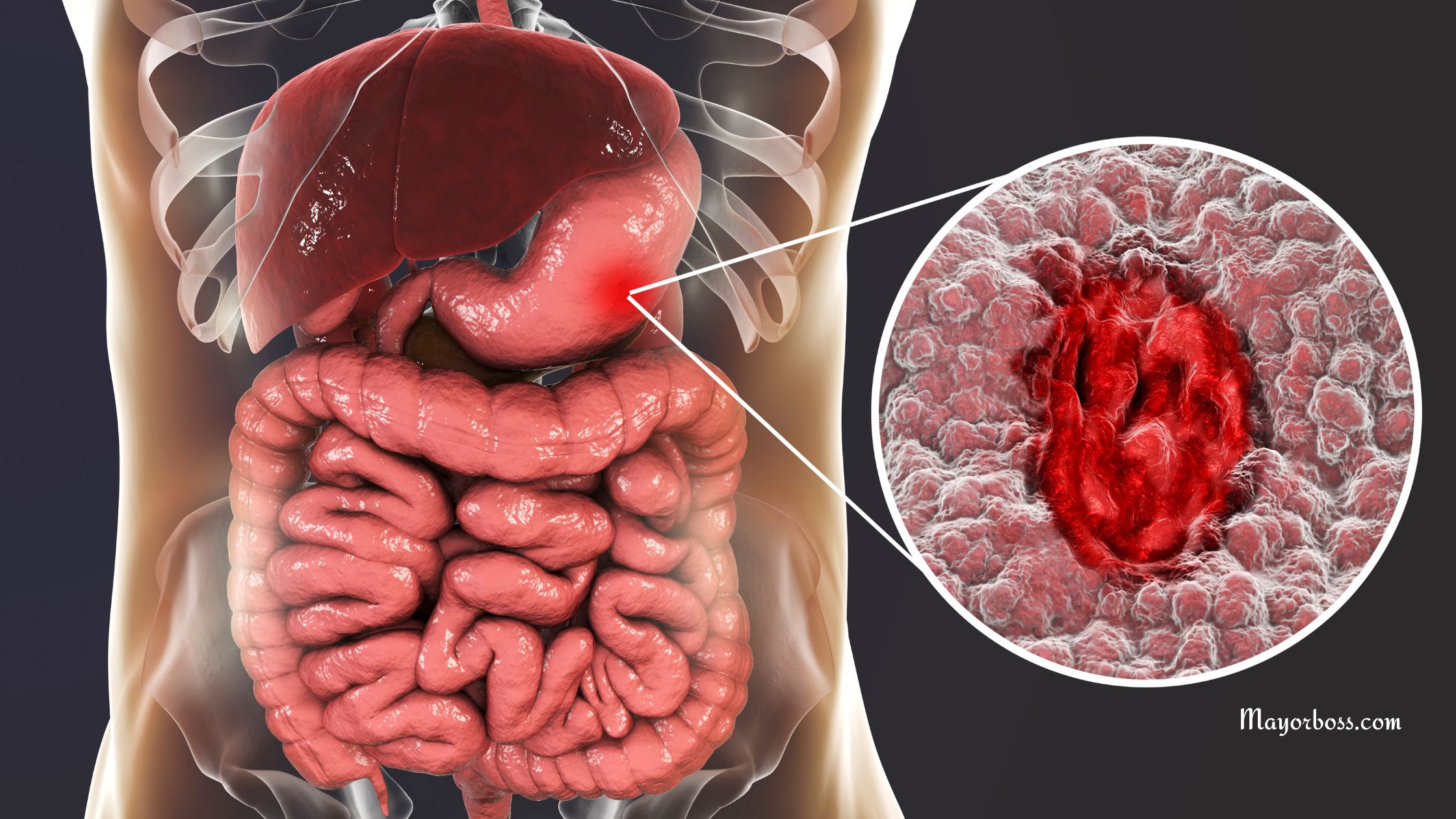Lower Abdominal Pain: What’s Causing Your Pain?
Have you ever felt discomfort or pain in the lower part of your abdomen, below your belly button, and wondered what was going on? Sure, there might be a simple explanation, such as trapped gas, constipation, eating too much or too fast, or something more complex, like a chronic condition.
If you’ve taken note of your habits and eliminated the common causes, it’s worth questioning if your lower abdominal pain could be medically related. There are many health conditions that can trigger this discomfort, ranging from quite common to extremely rare ones.
In this article, I will help you understand one of the major reasons you might be experiencing lower abdominal pain, also known as lower abdominal tenderness, as well as what you should do if you’re dealing with it.
What is Lower Abdominal Pain?
According to Dr. Anita Iroko, a general practitioner, lower abdominal pain refers to any sensations of discomfort, tenderness, or sharp pain in the area below your belly button.
The intensity, duration, and type of pain can differ greatly from person to person and even from episode to episode in the same person, based on the underlying cause. You might experience a dull ache that lasts for hours or even days, or it might be a sharp, stabbing pain that comes on suddenly and is severe.
Common Causes of Lower Abdominal Pain
Dr. Iroko explains that the cause of lower abdominal pain can be as simple as gas or indigestion or as complex as an infection or chronic disease. Some of the common causes include:
- Irritable bowel syndrome (IBS)
- Appendicitis
- Kidney stones
- Kidney infection
- Urinary tract infections (UTIs)
- Gastroenteritis
- Endometriosis in women
- Inflammatory bowel disease (IBD)
- Uterine fibroids
- Interstitial cystitis
This list is not exhaustive, and there are many other potential causes, which is why it’s crucial to seek medical advice if you’re experiencing persistent or severe lower abdominal pain.
When Should You Worry About Lower Abdominal Pain?
It’s critical to note that not all lower abdominal pain warrants panic. Sometimes, the pain could be due to minor issues such as trapped gas, constipation, or menstrual cramps in women. However, if the pain is severe, persistent, or accompanied by other symptoms like fever, vomiting, or blood in your stool or urine, you should seek medical help immediately.
How is Lower Abdominal Pain Diagnosed?
Diagnosing the source of lower abdominal pain begins with a detailed history and physical examination. Dr. Iroko may ask you several questions about the location, nature, intensity, and duration of your pain. She may also inquire about any associated symptoms, such as changes in bowel movements or urinary habits, fever, or unexplained weight loss.
Furthermore, depending on the suspected underlying cause, you might have to undergo some diagnostic tests, such as blood tests, urine tests, or imaging studies like ultrasound or CT scans.
How is Lower Abdominal Pain Treated?
The treatment of lower abdominal pain largely depends on the root cause. As Dr. Iroko states, “Once we determine the underlying cause, we can address the issue appropriately.”
For instance, if the pain is due to a UTI, antibiotics might be prescribed to clear the infection. On the other hand, if it’s due to something like appendicitis, surgical intervention might be necessary.
In Conclusion
Lower abdominal pain can be due to a variety of reasons, some simple and others more complex. If you’re experiencing persistent or severe lower abdominal pain, it’s important to seek medical help. Remember, proper diagnosis and treatment depend on a clear understanding of your symptoms.
If you believe you have lower abdominal pain that isn’t normal, talk to a healthcare provider about what could be causing it and the appropriate next steps.
Further Reading: 15 Reasons You Wake Up With Stomach Pain Every Morning






